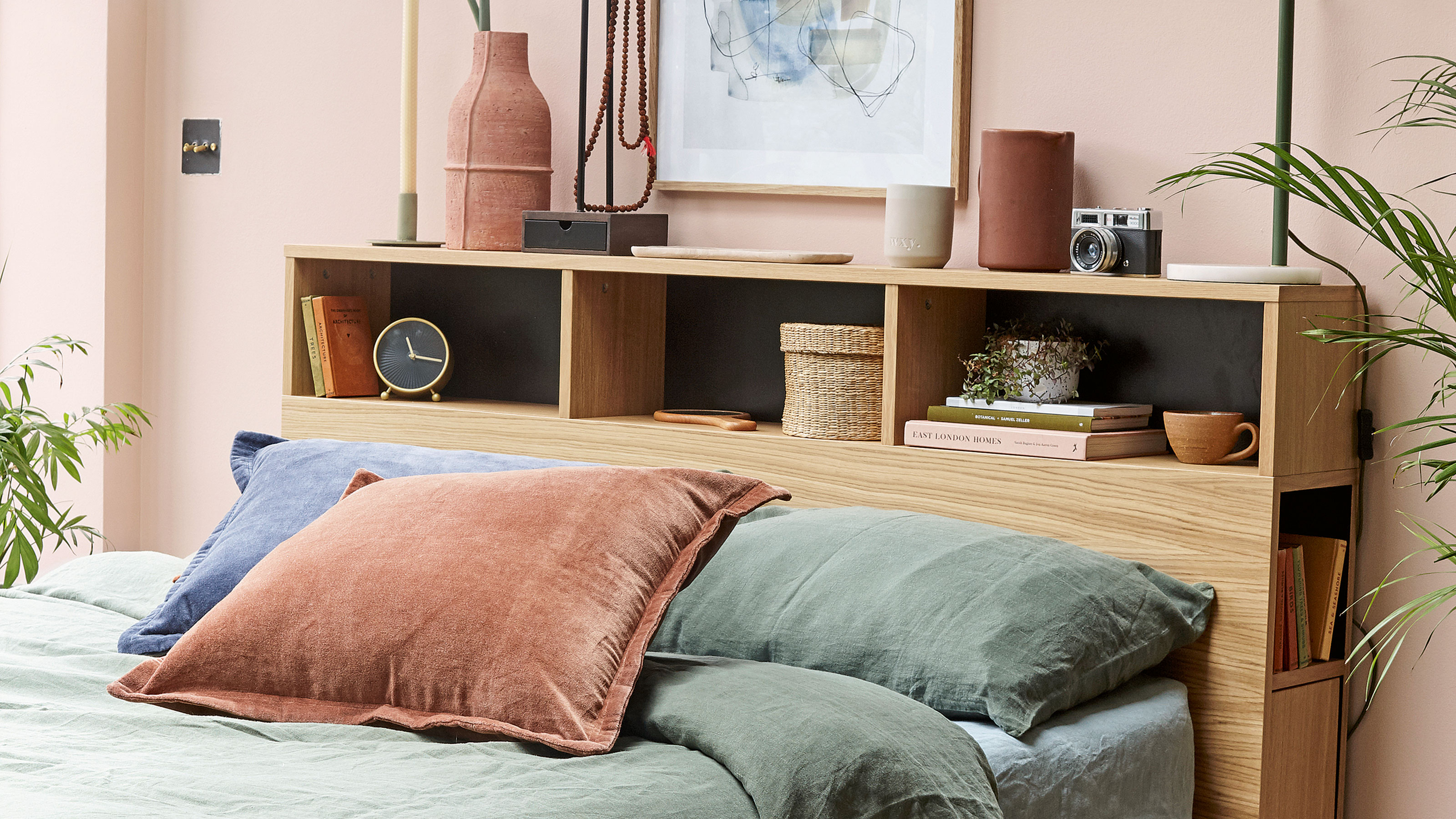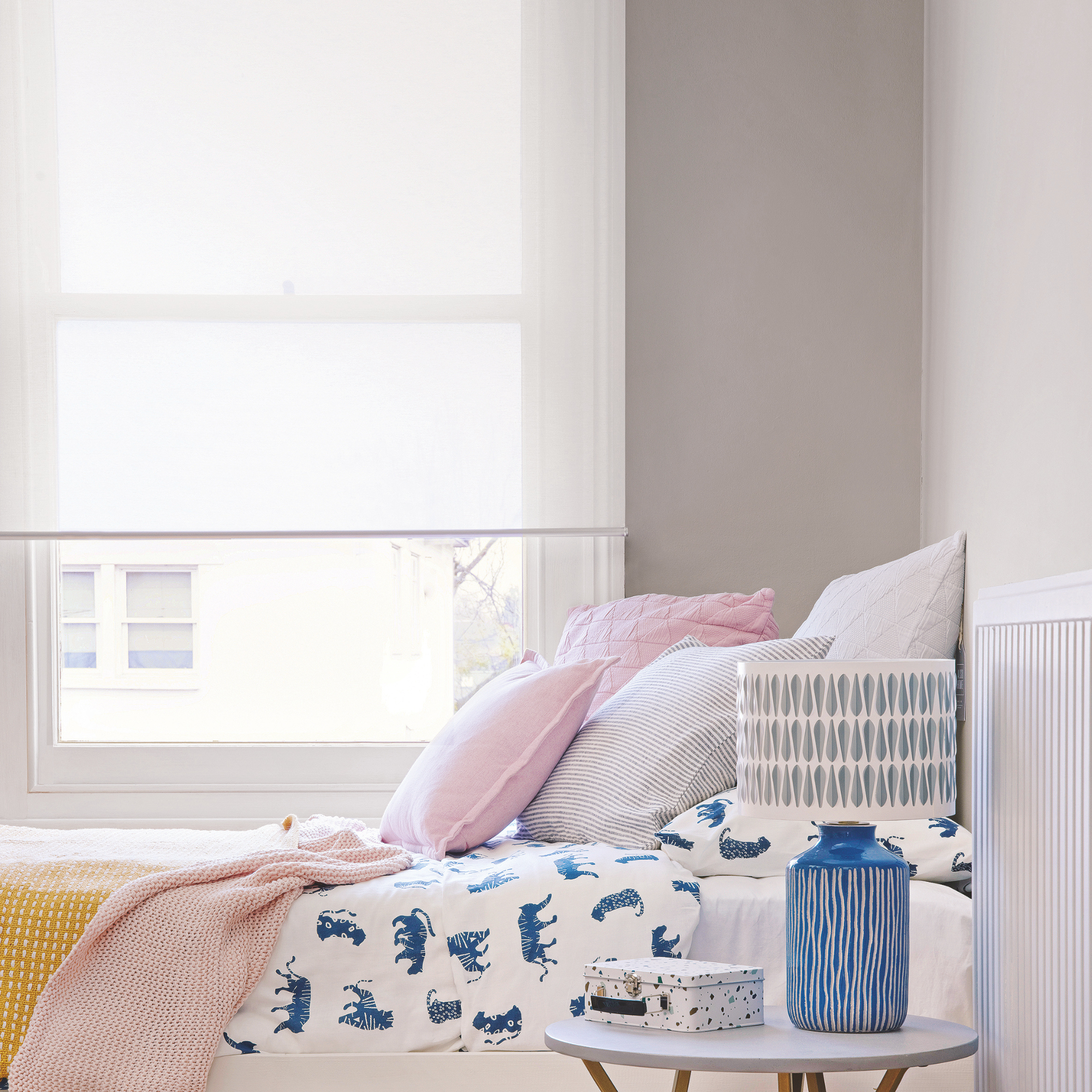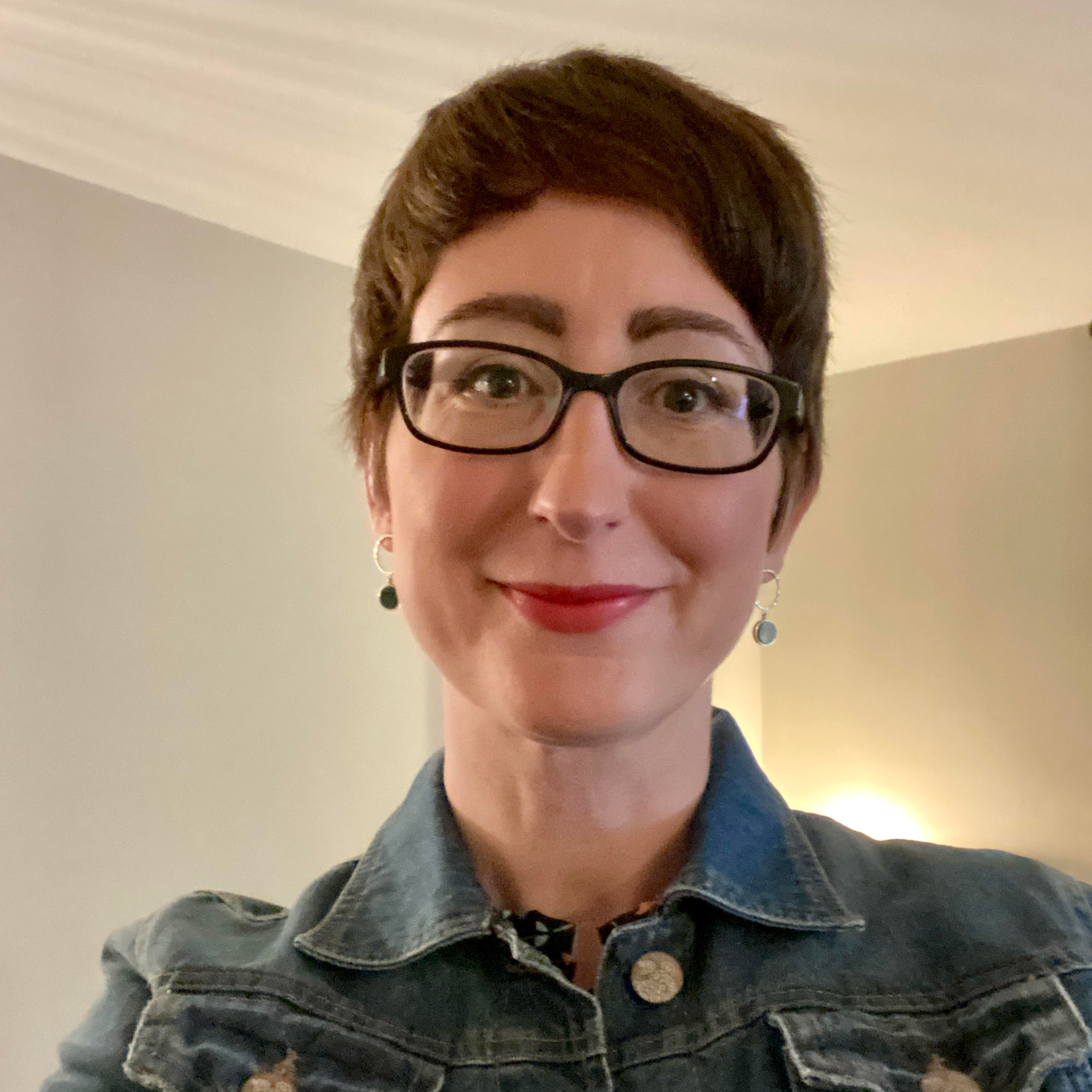Is an expensive pillow worth it? I investigated whether a higher price tag can guarantee a better night's sleep
Weighing up the cost of comfort–we ask the experts whether premium pillows are really worth the splurge?


If you don’t get a good night’s sleep, it can play havoc with your mood and energy levels – not to mention your relationships with everyone around you. There’s one key ingredient that’s often overlooked: the pillow.
A lumpy, ancient or unsupportive pillow has the power to blow your chances of eight undisturbed hours’ rest out of the window. While those pillow-stuffed baskets filling the middle aisle of the supermarket may be a total steal, the price you’ll pay for bagging a bargain could well be exhaustion. But on the opposite end of the spectrum are expensive pillows worth it if you're looking for a better nights sleep?
Before you even look at the price tag, it’s essential to identify the best pillow type for you. ‘Choosing the right pillow is essential for a comfortable and healthy night’s sleep,’ says Chrissie Rucker OBE, Founder, The White Company. ‘The right pillow is different for everyone – finding the perfect pillow comes down to your shape, size and how you sleep. For example, a good option for a wide-shouldered side-sleeper is a firm bottom pillow with a soft, luxurious pillow on top.’
Once you have identified the type of pillow (in terms of firmness, support and fillings) that might suit you best, it’s time to consider what you’re prepared to spend. The fanciest pillows claim to cradle your head, regulate your temperature and protect you from dust and mites. Some can feel like you’re sleeping on a cloud. They can also cost more than your weekly food/heating/petrol bills combined. So, is an expensive pillow truly worth the investment? Let’s explore.
What is the price range for pillows?
Let’s establish what we mean by expensive. It’s all relative but we think everyone can agree that paying more than £100 for one pillow qualifies as expensive. You can snag a 2-pack of basic hollowfibre pillows for £5-10 from supermarkets and stores like Home Bargains. They’re usually medium-support crowd-pleasers made from synthetic materials, which makes them machine washable and potentially a good choice for children’s beds.
Mid-range pillows cost around £15-40 for a 2-pack, for which you should get more natural materials and a little more finesse in the design. Once you go above the £40 mark, you start to get into technical territory and, sadly, the pillows are usually sold individually. We’re talking cooling construction, copper infusions, hypoallergenic fibres and memory foam, as well as your super-luxurious feather fillings. A pillow filled with white Hungarian goose down will set you back around £240+.

What can affect the difference in price between pillows?
Besides designer branding, the main element that impacts the price of pillows is what’s inside. The pillow fillings have an impact on the support levels, bounce, and allergy protection. Here, Emily and Jonathan Attwood, founders of Scooms, outline the pros and cons of the most popular pillow fillings:
Sign up to our newsletter for style inspiration, real homes, project and garden advice and shopping know-how
Hollowfibre A hollow thick synthetic fibre that is lightweight but firm. If well packed, they can provide good neck support, but they are not biodegradable and may leak microplastics into the environment when washed.
Microfibre A much finer synthetic fibre that is soft and silky. Similar pros and cons to Hollowfibre.
Down and feather Usually combined in varying amounts to create the right support and comfort. Down is fine, soft and springy. Feathers add weight, firmness and support. A breathable, natural filling which is super comfy, but will come with a higher price tag than synthetic pillows.
Wool, Tencel, silk, bamboo and cotton Generally firmer as they are more naturally compressed. A wool pillow should provide good support and give, but will not have the puffy, lofty feel of a down and feather pillow.
Memory foam Contours to the shape of your head providing good support if you can get used to it. Not washable though and they can retain heat.

This husband-and-wife duo are behind luxury, independent bed and bath brand, Scooms. Founded in 2017, Emily and Jonathan set out to simplify the market by offering what they feel are the best collections of all-natural, ethically sourced and sustainable bedding and towels.

How do you know you’re buying a good-quality pillow?
While price alone can be a good indicator of quality, the materials and construction will also be a strong sign you're not making a pillow-buying mistake, so do check the label before you buy. ‘The best quality materials will come with a higher price tag but also with accreditations that will help to ensure you have a better night's sleep. For example, Nomite for dust-mite allergy sufferers and Oeko-Tex Standard 100 ensuring no toxins have been used in the pillow production,’ explains Emily and Jonathan of Scooms.
‘They also come with the added eco-friendly reassurance that the brand is environmentally responsible. More care will have gone into designing the pillow construction so that the level of support required for different sleep positions is provided. These factors in turn can be hugely beneficial for your sleep.’

Complex construction is also a sign of pricier pillows, which are generally built for longevity. For example, a pricy feather pillow might have a firm inner layer or even foam sections with softer downy layers nearer the head.
‘All pillows will need fluffing to prolong their life, but there are things to look out for. High-quality fills and pillows with an internal chamber restore its shape better. Synthetic fills such as memory foam hold their shape and mould in response to the heat of the body,’ adds Sally Hancox, Buying Manager, Soak & Sleep . ‘Also check out the casing material. A cotton case offers additional breathability, and a cooler sleeping surface, for instance.’
A cheap pillow might lose its shape and support after a couple of years, but more luxurious pillows are designed to hold their shape and maintain their bounce for longer. Looking at it this way, you might end up saving money by buying a more expensive pillow.

Sally has been sourcing beautiful duvets, pillows, mattresses and protectors for Soak&Sleep for more than eight years. Her wealth of experience, and attention to detail results in unbeatable sleep solutions - helping everyone get the quality sleep they deserve.
Is an expensive pillow worth it for those with back/neck pain?
If you’re one of those lucky people who fall asleep (and stay asleep) the minute you hit the sack, a really expensive pillow may well be wasted on you. However, if you’re one of the millions kept awake by neck or back pain, a pricy pillow could prove to be the best purchase you’ll ever make. Or at the very least, worth a shot!
Memory foam pillows tend to be targeted at those with specific health needs, with many crocked-up converts waxing lyrical about the pain relief on offer. A memory foam pillow moulds to the shape of your head and neck in response to heat and pressure.
‘Memory foam pillows are best suited to back and side sleepers – they are thick enough to align the neck and spine while remaining comfortable. They help to support the posture and cushion pressure points,’ explains James White, Sleep Expert at Panda.
This personalised support helps to relieve pressure points and maintain proper spinal alignment during sleep. They are not great for front sleepers though, and the really technical ones can be very expensive indeed.

James is a professional osteopath specialising in helping people with persistent back pain, neck pain and headaches. He takes a holistic approach to treatment, offering lifestyle suggestions to reduce pain and get them back to themselves. He is a big advocate of healthy sleep and often recommends the best mattress and pillows.
Can a ‘value’ pillow ever be a good buy?
There are plenty of people who don’t have the luxury of a pillow at all, so we’d need to check our privilege before suggesting there’s no place for cheap pillows in this world. Even if you’re not on a tight budget, a value pillow could be just the ticket for guest bedrooms, where they won’t get a lot of use so are likely to stay bouncier and fresher for longer. You may also be wise to buy value pillows for times when they’re likely to get dirty, stained or damaged – like when camping or at kids’ sleepover parties.
But unless you sleep like a (well-behaved) baby and don’t stir until your alarm goes off, you might prefer to look beyond value pillows when shopping for the bed you sleep in every single night. ‘You spend a third of your life asleep, so you want your pillow to help you to sleep as well as possible. Although a cheaper pillow will save you money, it may not be made with the high standards which you should expect from an item that you spend so much quality time with!’ says Emily and Jonathan from Scooms.

‘None of us want to be sleeping on a pillow treated with chemicals that may not be good for our health and which will also end up in landfill after use. A poorly made pillow may have a loosely woven casing which can allow dust-mites to live in the filling, triggering allergic reactions for many and also be lacking in a properly supportive construction or filling, quickly becoming uncomfortable and resulting in achy necks and a poor night's sleep,’ the couple add.
Final verdict - What should you pay for a pillow?
It sounds trite but you should pay as much as you can afford. For some that might not be very much at all, and if sleep isn’t a problem, you won’t miss out. But if you can spend more, it’s usually worth the investment, especially if you have specific issues that are impacting the quality of your sleep.
While there may well be a degree of science-washing with all the technical jargon and marketing around designer pillows, you do get what you pay for when it comes to pillow shopping, and if that’s a fiver, don’t expect a lot. A mid-range pillow, priced at around £30 should offer decent quality and a few extra bells and whistles (hypoallergenic covers, cooling tech etc) than you’d get from a value pillow.
I have tested many pillows over the years (literally paid to sleep), and one thing I’ve learned is that pillow tastes are incredibly personal. I am a side-sleeper and sleep HOT. I can’t tolerate a memory foam pillow, even the most expensive, NASA-designed ones. They’re just too high for my head and make me sweat even more than usual, but my husband loves his memory foam bamboo pillow from Panda.
I do like wool pillows but find they need a lot of plumping to maintain any shape. My children are both very happy with their mid-priced Microfibre pillows, which have allergy-protecting covers to help with their asthma.
On my own bed I am beyond lucky to have the Marlowe goose down pillow by Brook + Wilde in Medium and I absolutely love it. At £240, it certainly is an investment buy and I’ll be forever grateful that I was gifted mine – no company wants them back after testing, for obvious hygiene reasons. But I would absolutely spend my own money on a new one if/when it needs replacing. I’m not going to pretend it won’t hurt (my wallet that is) but I sleep incredibly well on it, my head feels supported but not too high and it’s just so light and airy and squishy and luxurious.
I’ve had my eye-wateringly expensive pillow for two years now and it is showing no signs of losing its lovely soft bounce. I take it with me when I travel whenever possible, and never sleep as well if I leave it behind. I don’t love it more than my husband, but sometimes it’s a very close call!
Whatever your budget, choosing the perfect pillow comes down to personal preference, your sleep habits, and individual health needs. If you’re tempted to really stretch your budget, take time to work out exactly what you’re paying for, and whether you really need it. It’s hard to put a price on a good night’s sleep but if that restorative REM sleep often eludes you, investing in expensive pillows could well be worth every penny.

Linda Clayton is a professionally trained journalist, and has specialised in product design, interiors and fitness for more than two decades. Linda has written for a wide range of publications, from the Daily Telegraph and Guardian to Homes & Gardens and Livingetc. She has been freelancing for Ideal Home Magazine since 2008, covering design trends, home makeovers, product reviews and much more.